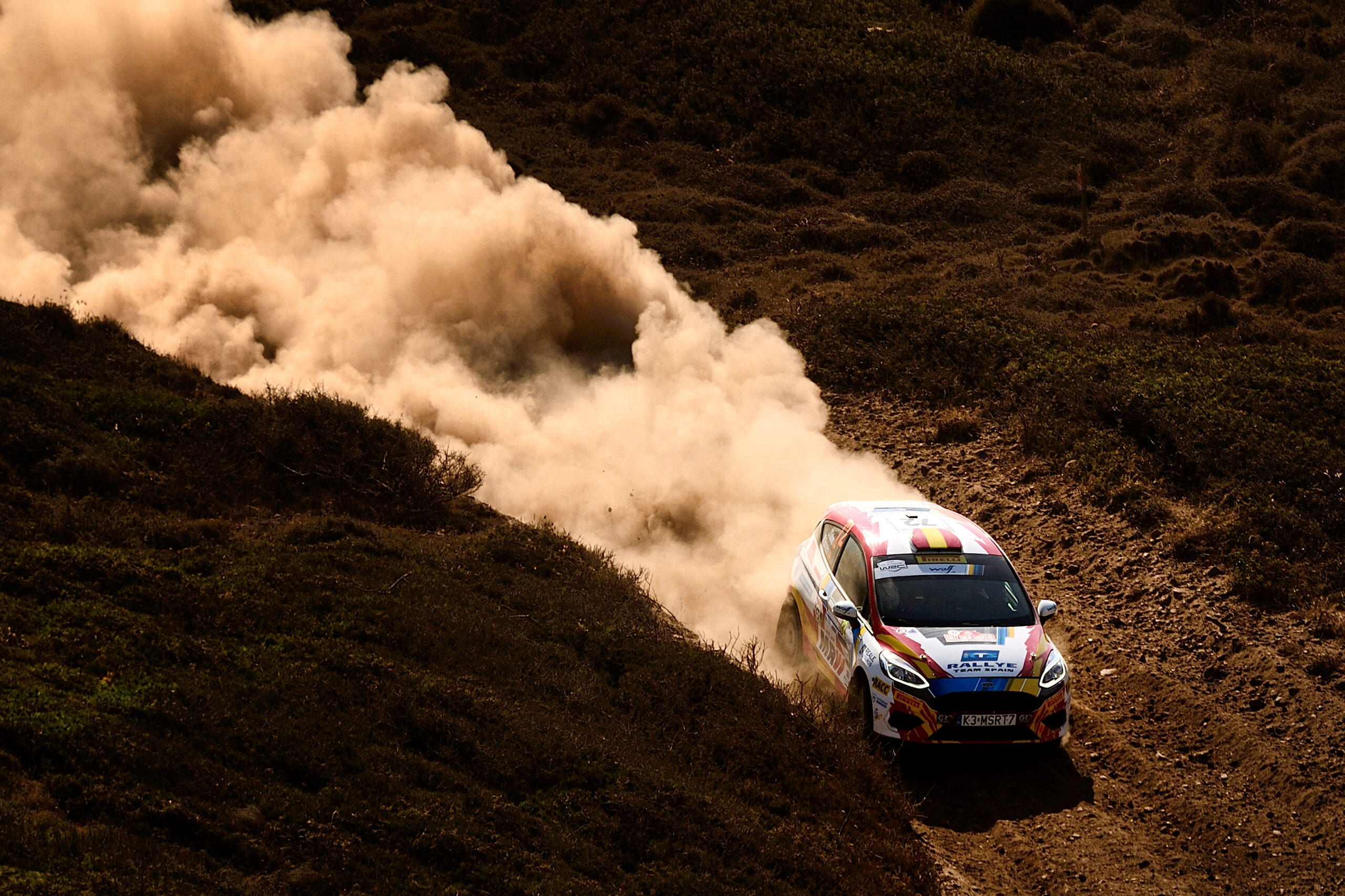Discover Bang-Bang or Anti-Lag technology
In previous blogs, we showed you what lag consisted in supercharged engines and the possible causes for this. In the blog discover the Bang-Bang or Anti-Lag technology, used to eliminate this unwanted turbo lag.
When did anti-lag arise?
This technique was introduced to the motor world in 1994, only in rally competitions. This technology has never been implemented in factory utility vehicles, and if it did, it would have meant a waste of fuel, wear on the engine and amount of polluting gases that are so penalized today.
What is the Bang-Bang or Anti-Lag of the turbo?
It is about reducing the lag caused in the turbo due to the low pressure of the gases that make the turbo turbines turn. It is achieved by directly moving the compressed air from the intake turbine to the exhaust manifold.
At the same time, the butterfly located in the intake duct remains open, so it works as if the driver continues to press the accelerator once it has stopped. In this way, the engine electronics cause the ignition of the spark plug to be delayed for a few seconds so that the mixture receives energy when the piston is in its expansion stroke.
Consequently, this means that there is still the right amount of gases at high speed and the ideal temperature so that the turbo system has constant energy and always has enough power for the proper functioning and development of the turbo.
In any case, when the driver decides to accelerate again, the supercharger system will have the ability to take back the compressed air that goes back to the intake and immediately generate the correct pressure in the manifold.
Does the use of anti-lag affect driving?
Affirmative, the driver must adapt to the new operation of his engine, since it responds to the accelerator immediately and therefore no longer has those seconds of lag to which he was accustomed.













